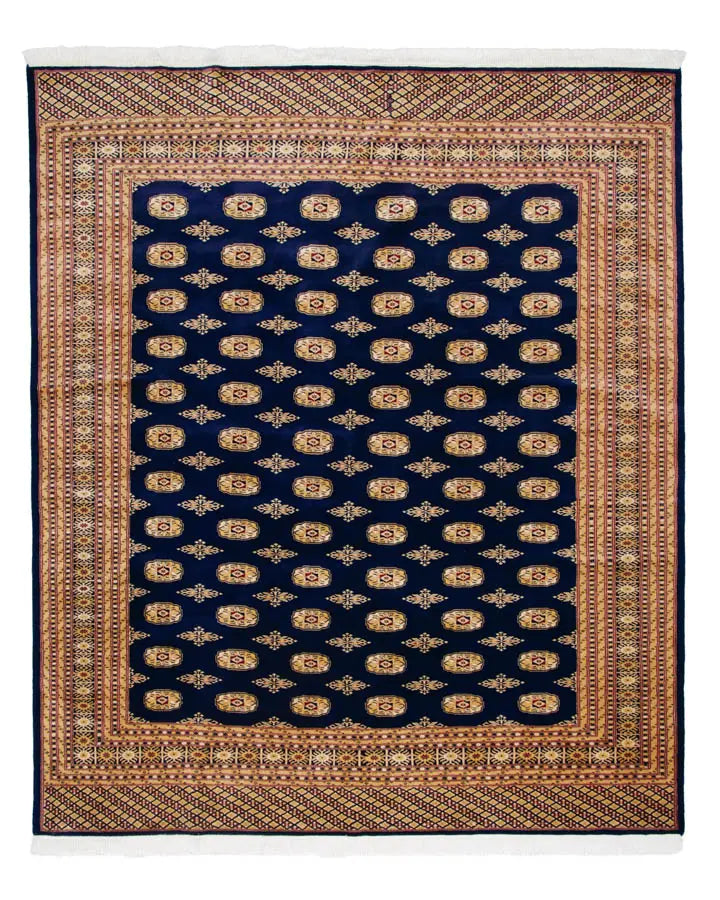"Tribal rugs" refer to carpets woven by tribes.
"Tribal rug" is written as "Tribal rug" in English. "Tribal" means tribe.
Tribal rugs have been woven in Central Asia and the Middle East for thousands of years. Many tribal rugs are handwoven by tribes living in Iran, Pakistan, Afghanistan, Turkey, etc.
Each tribe has different patterns and colors, and the names of each carpet come from the tribe or place of origin.
Bharuch
Baluchi carpets are made by the Baluchi people.
These carpets are woven especially in Balochistan province of Pakistan and in villages near the border with Afghanistan.
The designs are ethnic in colour, with red, brown and blue hues and incorporate geometric patterns and traditional motifs.

Baluchistan (red) Map source: Google Maps, Google Earth
Gabbeh
These carpets were first woven by nomadic people living in the Zagros Mountains of Iran (including areas such as Kurdistan, Luristan, and Fars in the southwest).
They began making thick, piled carpets to travel in cold regions. They wove freely without preparing a design. The weavers wove cute patterns of animals familiar to their daily lives and wishes.
Gabbeh means "raw" in Persian, and it expresses the simplicity of Gabbeh carpets.

Zakros Mountains (red) Kurdistan, Lorestan, Fars (blue)
Map source: Google "Google Maps, Google Earth"
Turkmenistan
Turkmen carpets are woven by the Turkmen people, an ethnic group in Turkmenistan, and are used for a variety of purposes, including tent coverings, door hangings, and bags of various sizes.
Turkmen carpets are characterized by octagonal gul motifs and geometric patterns painted in strong shades of red and brown. The basic octagonal gul motif varies in color scheme and design depending on the weaver. Early Turkmen carpets were woven with a single knot, but later ones are woven with a double knot.
Turkmen traditional carpet-making techniques were inscribed on the UNESCO Intangible Cultural Heritage list in 2019.
Bakhtiari
These carpets are named after the Bakhtiari tribe who live in the Chahar-Mahal Bakhtiari region of the Sagros Mountains near Isfahan. Bakhtiari carpets are durable and sturdy wool carpets. They are among the most durable of Persian carpets, and because they are woven from thick wool, they are less likely to deteriorate.

Bakhtiari (red) Map source: Google Maps, Google Earth
Bukhara
Bukhara rugs are hand-woven carpets originating from the city of Bukhara, Uzbekistan.
The octagonal motif is also known as the elephant's foot. The original Bukharan designs were influenced by the carpets of the Teke people, one of the major tribes in Turkmenistan. Therefore, there are similarities between Bukharan carpets and Turkmen carpets, especially the use of the "gul" motif and the preference for a deep red color.
Unlike Persian, Pakistani, and Afghan carpets, whose namesake cities are embodied in carpets, Bukhara was not originally a major production center. However, its convenient location near the borders with Afghanistan, Turkmenistan, and Tajikistan helped Bukhara establish itself as an important commercial city in the region. Carpets soon found their way to the West, where they began to adorn homes and public spaces.

Bukhara (red pin) Map source: Google Maps, Google Earth
Mashwani
The Mashwani are a tribe that resides mainly in parts of Pakistan and Afghanistan.
Mashwani rugs are the perfect addition to any interior. They feature design patterns filled with geometric shapes and lines. There is almost no white space in a Mashwani rug design.
The carpet is made of a combination of pile and flat weave, giving it a textured and three-dimensional look. The design is geometric, with diamond-shaped motifs running throughout the carpet.
Mashwani carpets date back centuries and were originally woven as tribal wedding gifts.










